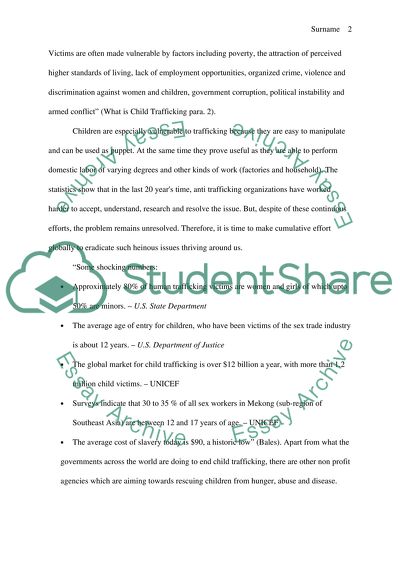Cite this document
(“Child Trafficking Essay Example | Topics and Well Written Essays - 1750 words”, n.d.)
Child Trafficking Essay Example | Topics and Well Written Essays - 1750 words. Retrieved from https://studentshare.org/social-science/1434895-child-trafficking
Child Trafficking Essay Example | Topics and Well Written Essays - 1750 words. Retrieved from https://studentshare.org/social-science/1434895-child-trafficking
(Child Trafficking Essay Example | Topics and Well Written Essays - 1750 Words)
Child Trafficking Essay Example | Topics and Well Written Essays - 1750 Words. https://studentshare.org/social-science/1434895-child-trafficking.
Child Trafficking Essay Example | Topics and Well Written Essays - 1750 Words. https://studentshare.org/social-science/1434895-child-trafficking.
“Child Trafficking Essay Example | Topics and Well Written Essays - 1750 Words”, n.d. https://studentshare.org/social-science/1434895-child-trafficking.


